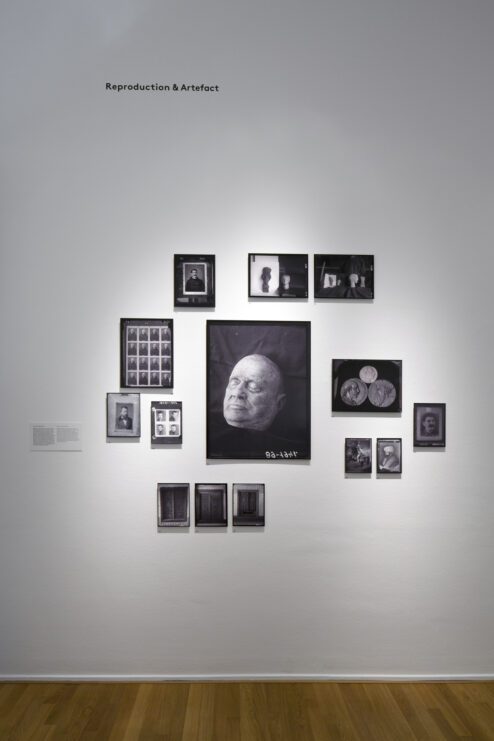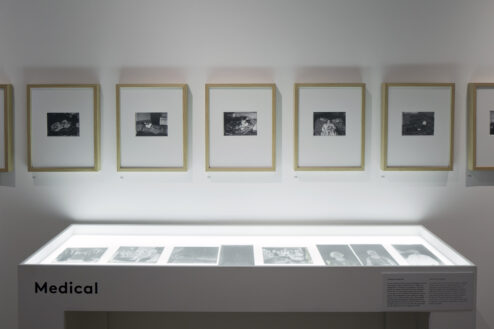Commissioned by Foam
Artist
Pietro Marubi
Kel Marubi
Gegë Marubi
Curator
Kim Knoppers with the curatorial help of Lucjan Bedini, director Marubi National Museum of Photography in Shkodër, Albania.
Date
16 September – 27 November 2016
In the exhibition Dynasty Marubi – A Hundred Years of Albanian Studio Photography a selection of photos from the archive of the Albanian photo studio Marubi (1856-1959) is displayed as modern prints, original glass negatives and in digital slideshows.
Three generations of photographers made studio portraits of a wide variety of people, ranging from the urban bourgeoisie, shepherds, the Ottoman emperor and King Zog, to criminals and famous actors and painters. Around 1850, not too long after the invention of photography, the Italian Pietro Marubi arrived in Shkodër, the northern part of what is now Albania. There he started the first photography studio in the region, using the wet plate process. After Pietro’s death his assistant Kel adopted the same surname as a tribute to him. He ran the studio himself and eventually passed it on to his son Gegë.
The extensive collection of 150.000 glass negatives is interesting from a historical, sociological, cultural and anthropological as well as artistic point of view. Events from the turbulent history of Albania – from Ottoman times to the communist period, social rituals, folkloric costumes and sociologically interesting group portraits can all be found in the collection. The exhibition is an introduction to the rich photographic history of an isolated European country that is often overlooked.
SERIES
The exhibition Dynasty Marubi – A Hundred Years of Albanian Studio Photography is part of a series of exhibitions about photo studios that Foam has presented in recent years, including Portraits from Isfahan, Foto Galatasaray – Maryam Sahinyan’s Photo Studio and Disfarmer – The Vintage Prints. This reflects a growing interest over the past twenty years in vernacular photography and in its value, both as social history and as art.






